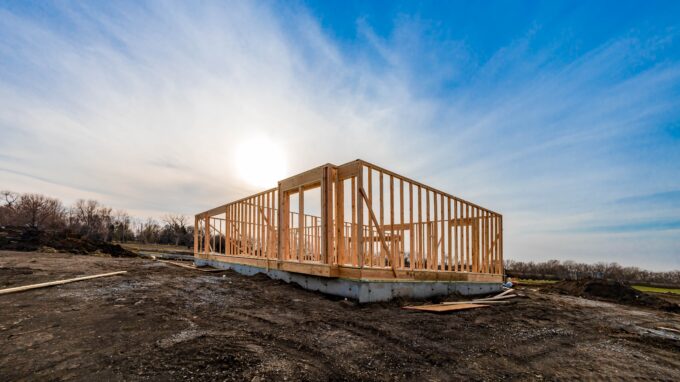The ruling confirms that under section 37 of the Design and Building Practitioners Act 2020 (NSW), builders cannot reduce their liability for construction defects by attributing fault to subcontractors—even where the subcontractor’s work caused the issue.
High Court clarifies builders’ liability for defects under DBP Act
Builders and developers in NSW should take note of the recent High Court decision in The Owners – Strata Plan No 84674 v Pafburn Pty Ltd.

-
the key aspects of the High Court’s decision
-
implications for the industry
-
how we can help builders to mitigate legal and financial risks
How We Can Help
Our Building & Construction Law specialists work with builders to minimise legal and financial risk before issues arise. We can help you:
- Strengthen subcontractor agreements – by drafting or reviewing contracts to ensure robust indemnity clauses tailored to your projects.
- Include financial protections – in your agreements such as personal guarantees, retentions or bank guarantees from subcontractors to safeguard your position.
The Facts
The case involved a dispute between an owners corporation and the parties responsible for the construction of a strata development. The owners corporation alleged that the developer and head contractor had breached their duty of care under section 37 of the Design and Building Practitioners Act 2020 (NSW) (DBP Act) by failing to exercise reasonable care to avoid economic loss caused by defects in the building.
The defendants argued, amongst other things, that:
- they had engaged subcontractors to complete various parts of the work,
- those subcontractors were responsible for the plaintiff’s loss, and
- the defendants’ liability should be reduced to take into account the subcontractors’ wrongdoing, in accordance with the proportionate liability provisions of Part 4 of the Civil Liability Act 2002 (NSW) (CL Act).
The Issue
The key issue was whether a claim for damages under section 37 of the DBP Act is subject to the proportionate liability regime under the CL Act.
The Decision
The High Court found by majority (4:3) that claims of the kind made by the plaintiff in these proceedings are not subject to the proportionate liability scheme in the CL Act.
The Court found that:
- Section 37 of the DBP Act imposes a non-delegable duty, meaning that those who carry out construction work cannot shift responsibility for their failure to take reasonable care onto others.
- The duty under section 37 applies broadly, and parties responsible for construction work are fully liable for economic loss caused by defects, regardless of whether that work has been subcontracted.
- Section 39 of the DBP Act explicitly prevents delegation of the duty, reinforcing that a party cannot seek to reduce their own liability by delegating work to another party.
As a result, the High Court held that the defendants could not rely on the proportionate liability provisions to limit their liability and would be held fully responsible for any breach of their statutory duty.
Insight
The practical outcome of the High Court’s decision in Pafburn is that persons owing the duty under Section 37 of the DBP Act will be required to bring cross claims against any subcontractor where they consider the plaintiffs’ loss has been caused by wrongdoing on the part of that subcontractor.
As a result, contractors who subcontract construction work to others should ensure that their subcontracts contain sufficient indemnities and that the contractor either:
- obtains sufficient security for performance from subcontractors, or
- ensure they have sufficient insurance cover for the work they are subcontracting, to ward against the risk that the subcontractor against which they might seek to claim is insolvent, leaving them to bear the full cost of any claim made against them.
It is worth noting that the High Court’s decision only relates to attempts by an “upstream” contractor to apportion liability to one of its subcontractors. It remains unclear whether a party who does not subcontract any part of their works – for example, an architect – may seek to apportion liability where a claim is made against them.
Concerned about your liability under the DBP Act?
Our Building & Construction Lawyers can help you manage your risk and protect your business. Contact us today for practical, expert advice.
Building and Construction Lawyers for Sydney and Newcastle
Need Answers Fast? Contact Us Today
The information in this article is not legal advice and is intended to provide commentary and general information only. It should not be relied upon or used as a definitive or complete statement of the relevant law. You should obtain formal legal advice specific to your particular circumstance. Liability limited by a scheme approved under Professional Standards Legislation.

























